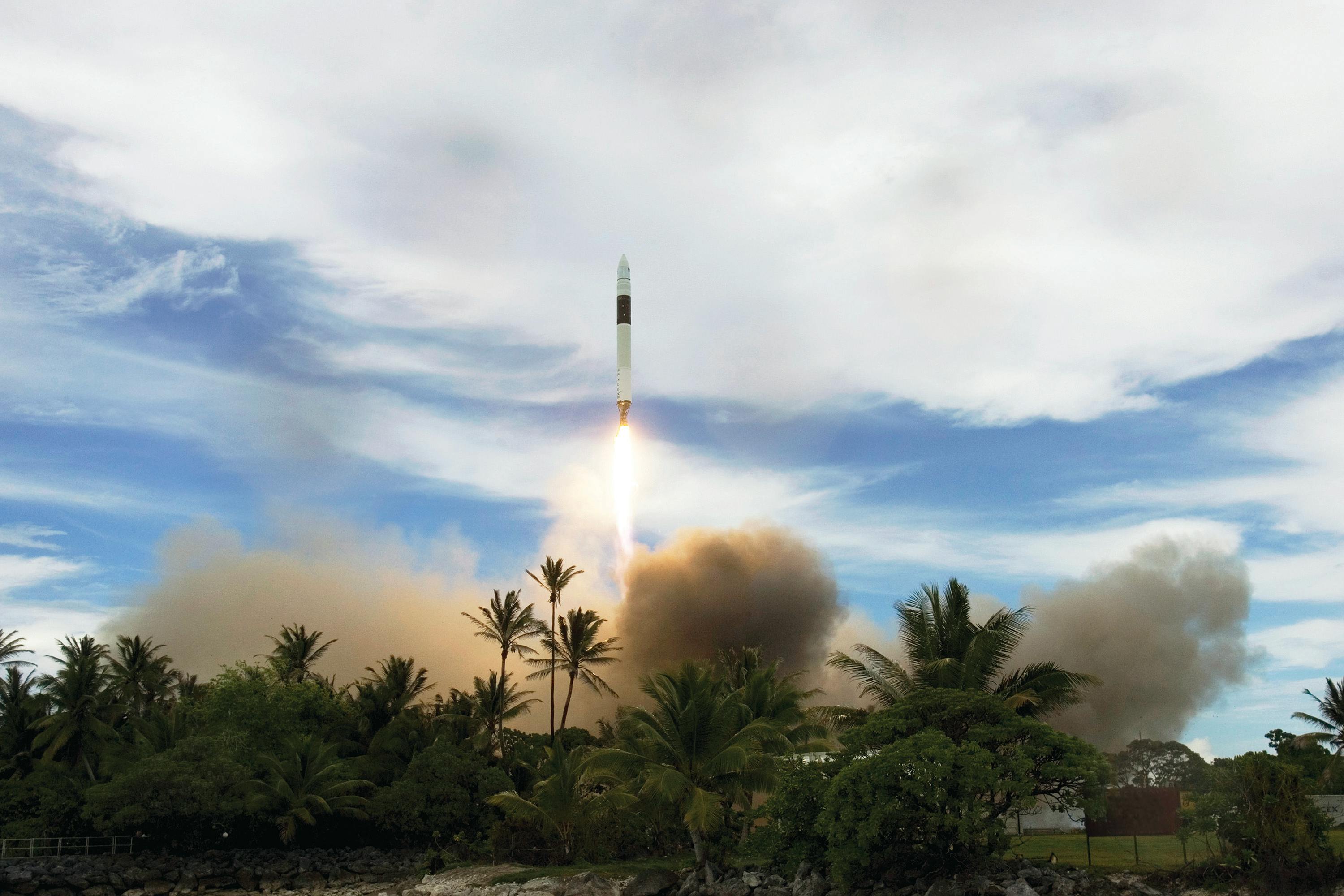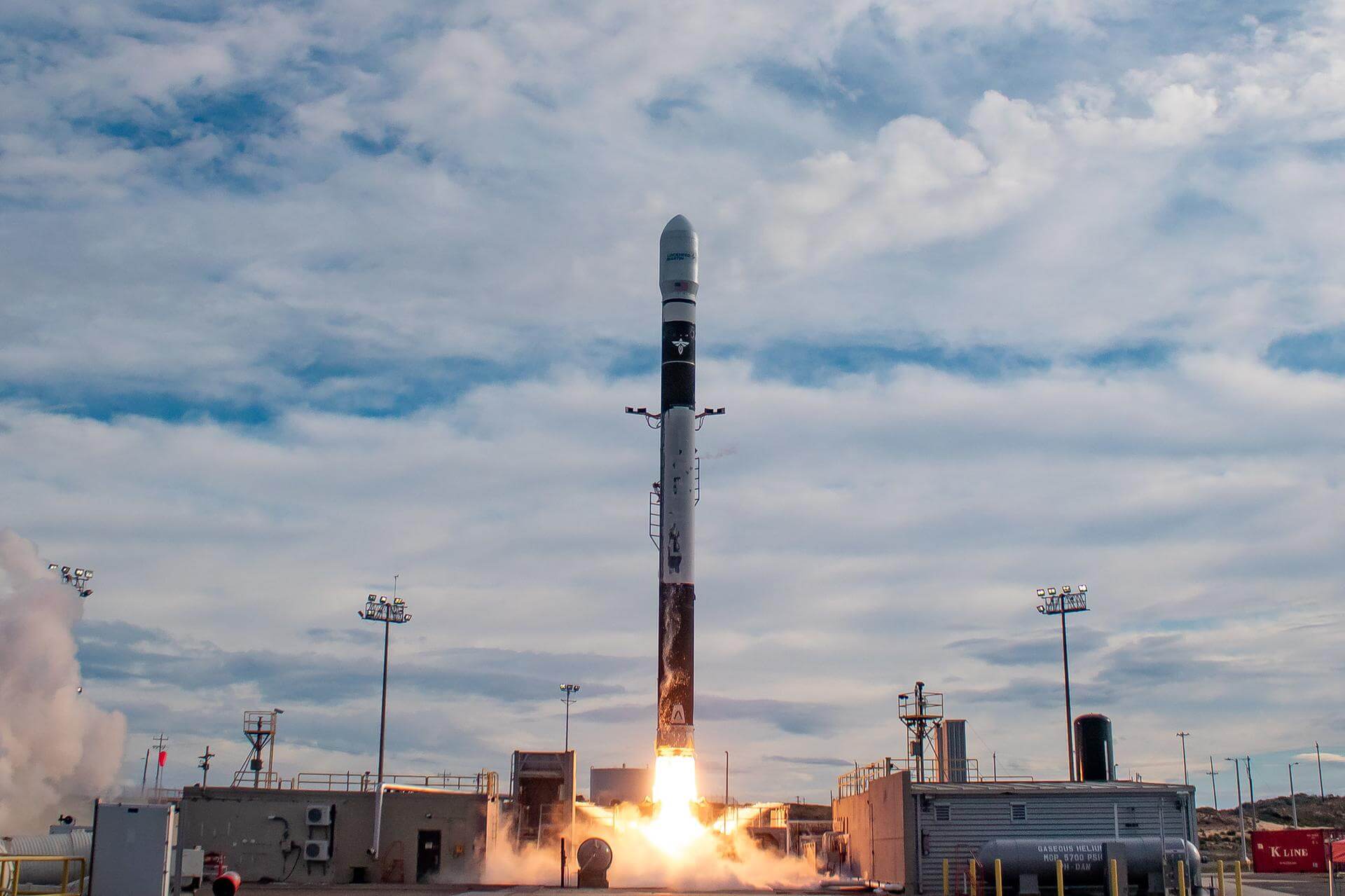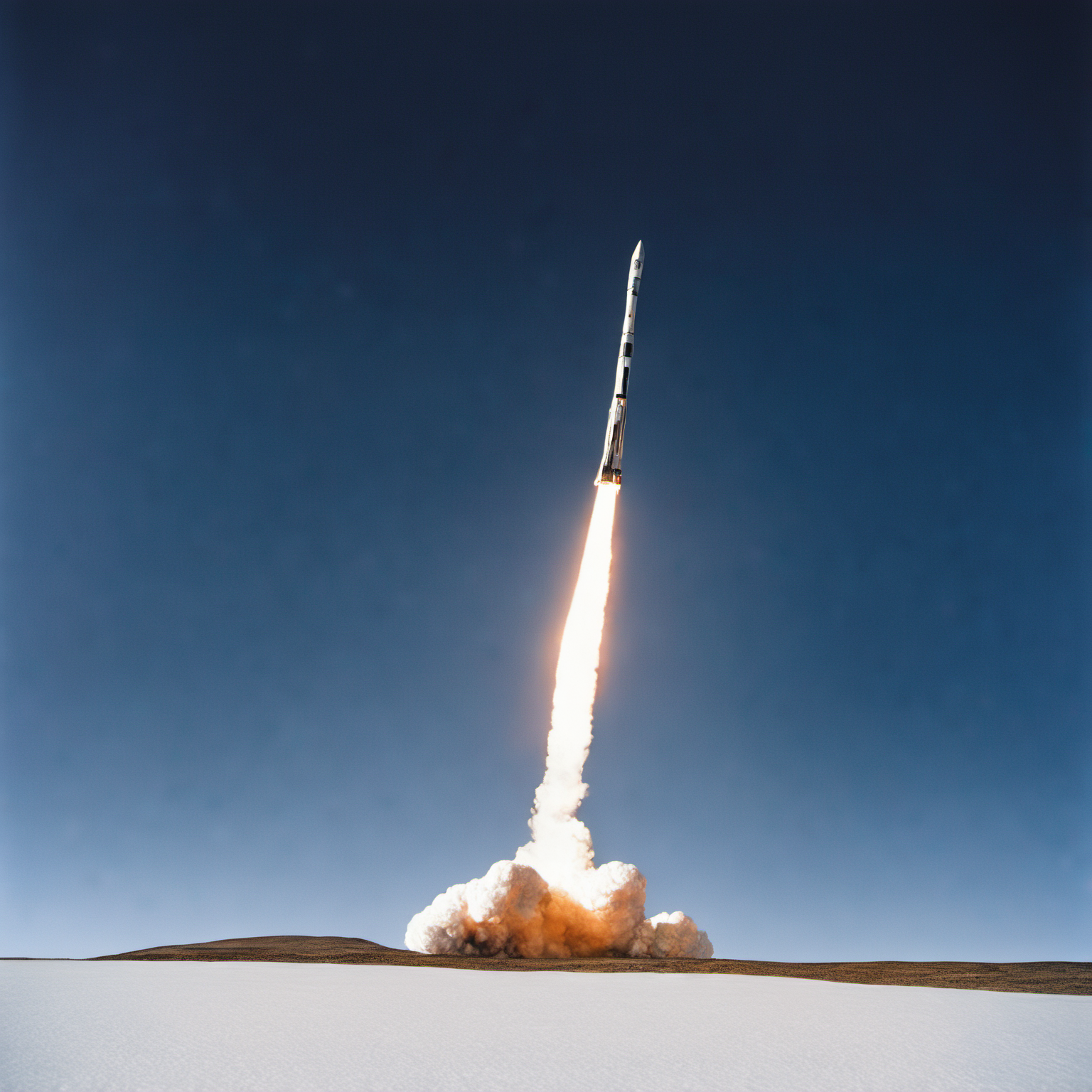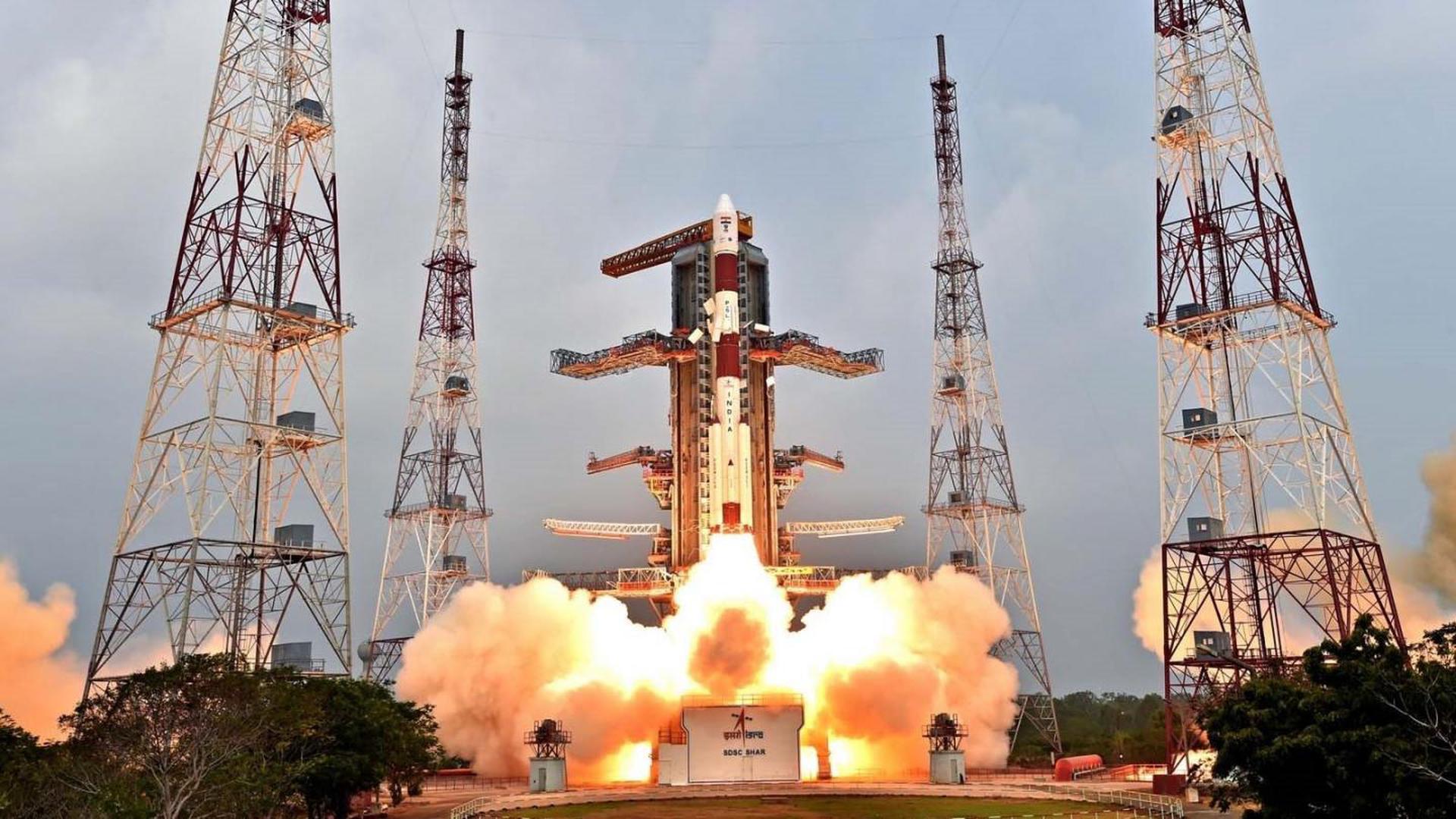· space brief · 6 min read
Space Brief 26 May 2025
Today's highlights include China's lunar collaboration with Russia, new insights from Magellan's Venus mission, and stunning 8K images of the sun.
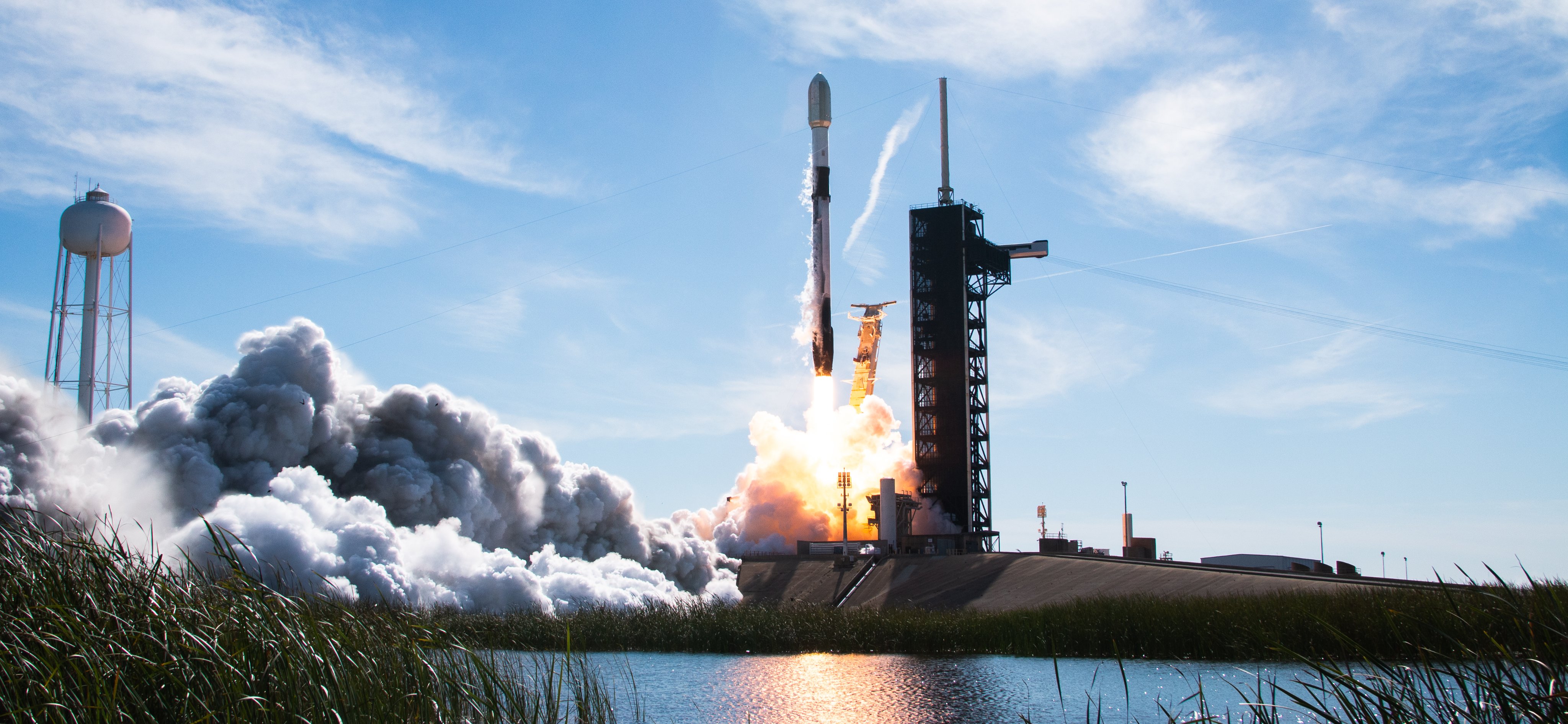
📄Top Stories
China and Russia have announced a joint venture to construct a power plant on the moon, potentially outpacing NASA’s lunar ambitions. Meanwhile, the Magellan mission to Venus has posthumously provided significant tectonic findings, and new 8K photos reveal the sun’s raging sunspots in stunning detail. These developments continue to reshape our understanding and surveillance of space.
📰Detailed Coverage
China and Russia’s Moon Power Plant Ambitions
In a landmark agreement, China and Russia have signed a memorandum to build a power plant on the moon, targeting completion by 2036. This strategic move underscores a growing alliance between the two nations in space exploration, potentially outpacing US efforts as NASA faces budgetary constraints. Such a collaboration could shift the balance of power in lunar exploration and resource utilization.
The construction of this lunar power plant is pivotal for future moon colonization efforts, providing necessary energy for sustained human presence and operations on the lunar surface. This development emphasizes the increasing importance of international partnerships in expanding human activities beyond Earth.
Read the full story: Space.com
Magellan’s Legacy: Insights into Venusian Tectonics
NASA’s Magellan mission, which concluded over three decades ago, continues to make waves with its data shedding light on Venusian geological activity. Recent analyses have revealed more about Venus’s coronae, suggesting active tectonics similar to Earth’s despite its previously presumed dormant surface.
The findings suggest that Venus’s surface is more dynamic than once thought, with implications for understanding planetary evolution both within our solar system and beyond. For satellite tracking enthusiasts, this underscores the complexity and continual discovery potential of celestial bodies we thought we knew well.
Read the full story: NASASpaceFlight.com
Sunspots in 8K: Stunning Details Captured
Recent advancements in image processing have unveiled the sun like never before, courtesy of 8K-resolution photography. These images capture the sunspots in intricate detail, revealing the dynamic processes occurring on our star’s surface with unprecedented clarity. This level of detail is crucial for solar researchers and enthusiasts interested in the sun’s influence on space weather.
The detailed solar imagery helps enhance our understanding of solar activities and their potential impacts on Earth’s space environment, ultimately aiding in better prediction models for satellite operations.
Read the full story: Space.com
Skepticism Over Signs of Life on Exoplanet K2-18b
A new study raises doubts about earlier claims of possible life signs on exoplanet K2-18b. The research counters previous observations by emphasizing that any indications of biological activity were anything but significant, prompting a scientific reassessment of the planet’s habitability potential.
This ongoing investigation into exoplanet atmospheres highlights the challenges in detecting extraterrestrial life and underscores the necessity of advanced observation technologies and methods, nurturing further developments in satellite observational capabilities.
Read the full story: Space.com
🛰️Satellite Spotlight
- Satellite Name: CAPELLA-11 (ACADIA-1)
- NORAD ID: 57693
- Launch Date: August 23, 2023
- Mission: Earth observation with synthetic aperture radar (SAR) capabilities.
- Orbit: Low Earth Orbit (LEO)
- Operator: CAPSP
- Fun Fact: CAPELLA-11 is equipped with advanced X-band SAR technology, which allows it to capture high-resolution images of the Earth’s surface in all weather conditions, day or night.
Track this satellite in real-time on our web app: Track CAPELLA-11 (ACADIA-1)
🌌Space Weather
Space weather conditions are currently quiet.
R0 - S0 - G0
Next 24 Hours: Over the next 24 hours, satellite operators and communication users can enjoy a stable environment with no risk of radio blackouts or solar radiation storms. The geomagnetic outlook is favorable, with no G1 (Minor) or greater geomagnetic storms expected. Furthermore, the solar wind is not forecasted to feature any significant transients or recurrent effects, ensuring a calm operational period for ground-based radars and telescopes.
Beyond: Looking ahead from May 26 to June 21, 2025, solar activity is projected to ramp up to moderate levels (R1-R2/Minor-Moderate), with a possibility of R3 (Strong) events, particularly influenced by Region 4098 as it rotates towards the west limb of the Sun. Operators should prepare for a sustained chance of M-class X-ray activity due to several active regions. While no proton events are anticipated at geosynchronous orbit, expect high levels of the greater than 2 MeV electron flux on May 30 - June 5 and June 14-21, following the influence of recurrent coronal holes.
Geomagnetic conditions will generally be elevated, with G1 (Minor) storms predicted on June 13-14. Active conditions may occur on several dates, including May 28-29 and June 2; there will also be unsettled periods expected on May 26-27 and June 18-21. Only a brief respite to quiet conditions is anticipated on June 8-9, so operators are advised to stay vigilant and adjust their satellite operations accordingly.
🚀 Upcoming Space Launches
May 27
-
SpaceX Falcon 9 Block 5:
- Starlink Group 17-1 from Vandenberg SFB, CA, USA (16:14 UTC)
- A batch of 24 satellites for the Starlink mega-constellation - SpaceX’s project for space-based Internet communication system.
-
SpaceX Starship:
- Flight 9 from SpaceX Starbase, TX, USA (23:30 UTC)
- 9th test flight of the two-stage Starship launch vehicle.
May 28
-
Rocket Lab Electron:
- Full Stream Ahead (BlackSky Gen-3 2) from Rocket Lab Launch Complex 1, Mahia Peninsula, New Zealand (01:30 UTC)
- 2nd of the BlackSky Gen-3 high-resolution Earth-imaging satellites.
-
SpaceX Falcon 9 Block 5:
- Starlink Group 10-32 from Kennedy Space Center, FL, USA (13:30 UTC)
- A batch of satellites for the Starlink mega-constellation - SpaceX’s project for space-based Internet communication system.
-
China Aerospace Science and Technology Corporation Long March 3B/E:
- Tianwen-2 from Xichang Satellite Launch Center, People’s Republic of China (17:22 UTC)
- Tianwen-2 is a planned Chinese asteroid sample return and comet orbiter mission. It will visit the Near Earth asteroid 469219 Kamoʻoalewa and return samples to Earth.
May 29
- China Aerospace Science and Technology Corporation Long March 2D:
- Unknown Payload from Jiuquan Satellite Launch Center, People’s Republic of China (04:03 UTC)
- Details TBD.
May 30
-
SpaceX Falcon 9 Block 5:
- GPS III SV08 from Cape Canaveral SFS, FL, USA (17:23 UTC)
- Eighth of ten GPS III missions.
-
SpaceX Falcon 9 Block 5:
- Starlink Group 11-18 from Vandenberg SFB, CA, USA (20:24 UTC)
- A batch of satellites for the Starlink mega-constellation - SpaceX’s project for space-based Internet communication system.
May 31
- Northrop Grumman Space Systems Minotaur IV:
- EWS OD-1 from Vandenberg SFB, CA, USA (00:00 UTC)
- The Electro-Optical/Infrared Weather System Operational Demonstration-1 is a weather satellite for the United States Space Force. It will be a prototype satellite for a three-year demonstration mission of new EO/IR sensor technologies.
June 6
- SpaceX Falcon 9 Block 5:
- Sirius SXM-10 from Cape Canaveral SFS, FL, USA (00:00 UTC)
- SXM-10 is a high-powered, digital, audio radio satellite for SiriusXM, using Maxar’s 1300-class platform.
Note: Launch dates and times are subject to change due to technical or weather considerations.

Maurice Stellarski


